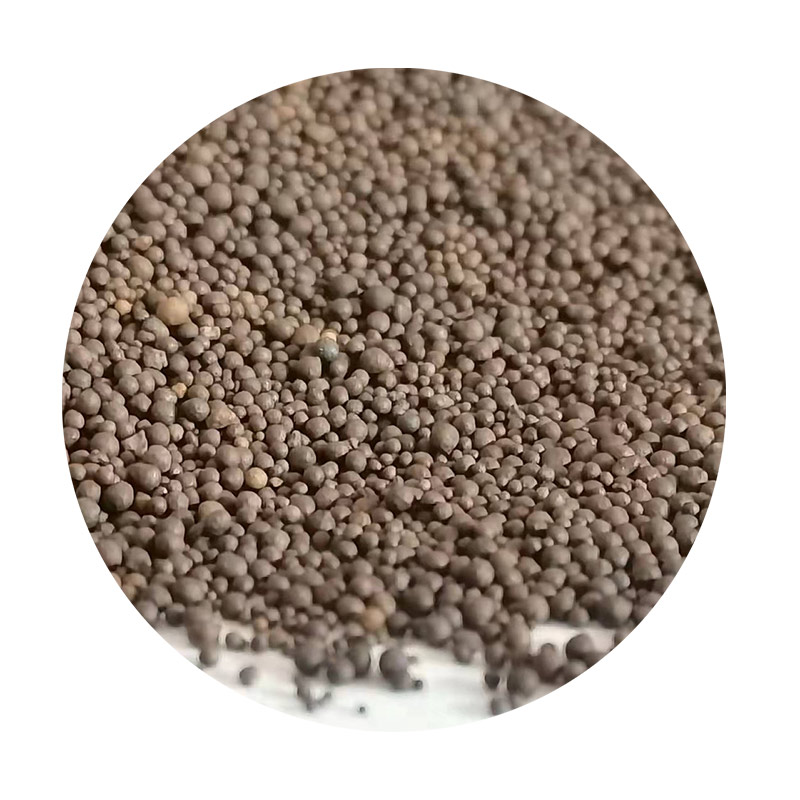

The environmental impact of manufacturing is an increasing focus for many companies, and resin sand casting offers several advantages in this area. Innovations in resin formulations have led to the development of environmentally friendly binders that reduce emissions during the casting process. Furthermore, used sand from resin molds can be reclaimed and reused, reducing waste and the demand for raw materials. This sustainability aspect not only benefits the environment but also contributes to cost savings over time, aligning with global trends towards eco-friendlier industrial practices. The practical applications of resin sand casting are vast and varied, spanning multiple industries from aerospace to electronics. In aerospace, for example, the technique is applied in creating critical turbine components, where high precision and material stability are non-negotiable. Similarly, in the electronics industry, the process is employed to produce intricate casings and chassis, leveraging the precision and surface quality that resin sand casting provides. In recent years, digital advancements have further enhanced the resin sand casting process. Computer-aided design (CAD) and simulation technologies allow engineers to visualize and test casting designs before production, predicting potential issues and optimizing parameters for improved quality and performance. This integration of technology with traditional casting methods underscores the modern capabilities of the resin sand casting process, making it a cornerstone of innovative manufacturing strategies. To sum up, the resin sand casting process stands as a testament to the blending of traditional craftsmanship with modern technology. Its flexibility, precision, and efficiency make it an invaluable asset in the production of complex metal parts across various industries. As sustainability becomes increasingly crucial, its ability to minimize environmental impact while meeting high-quality standards only enhances its appeal. Manufacturers opting for this process can expect not only superior product outcomes but also a strategic advantage in a competitive marketplace. Post time:ກ.ພ. . 11, 2025 23:14
Next:resin coated sand specification
